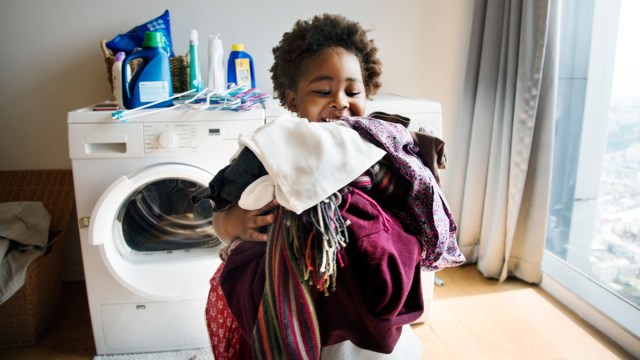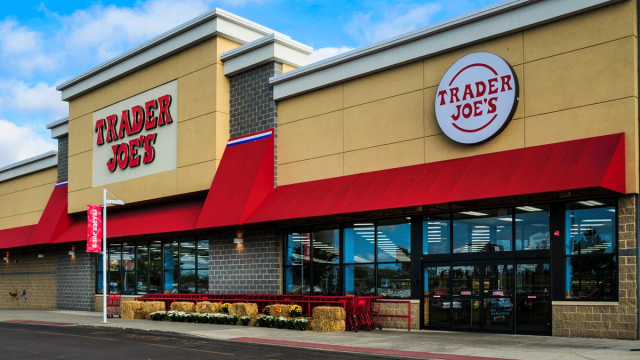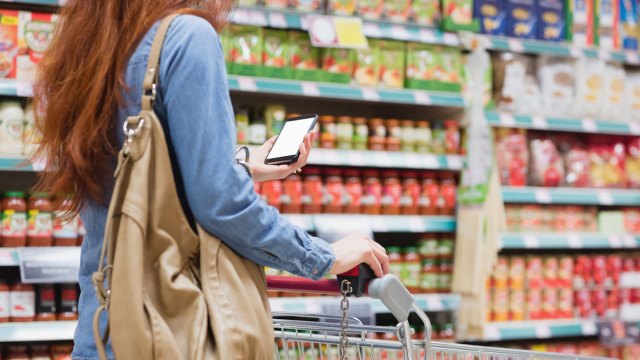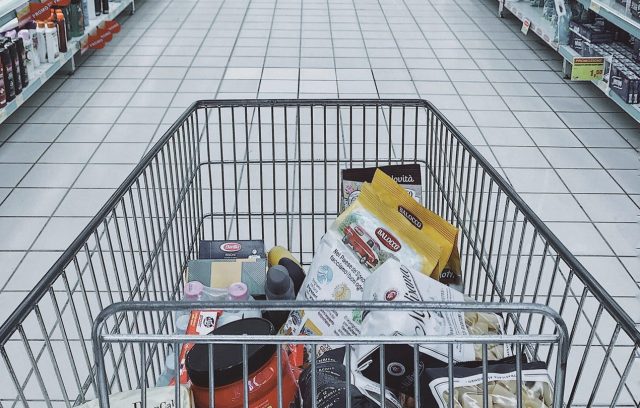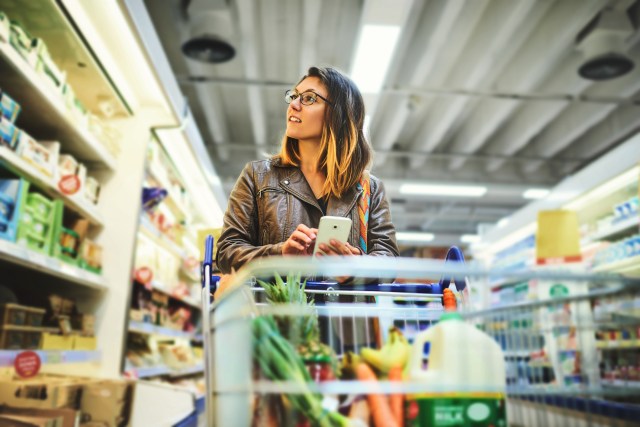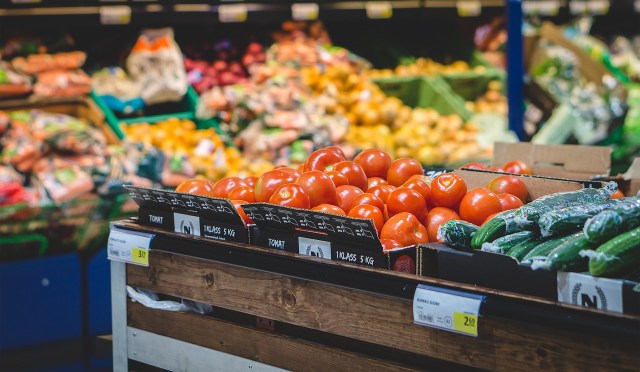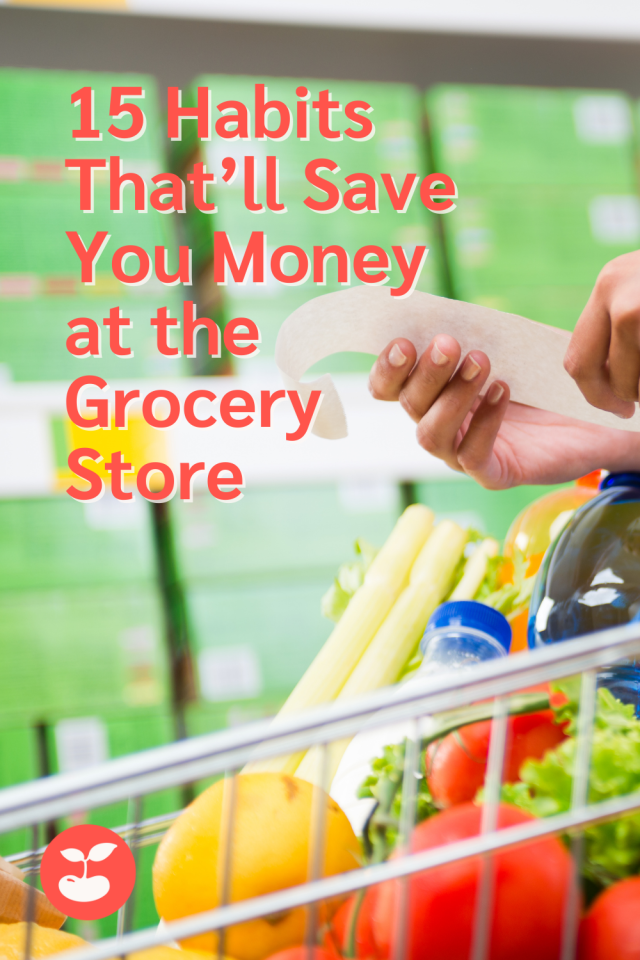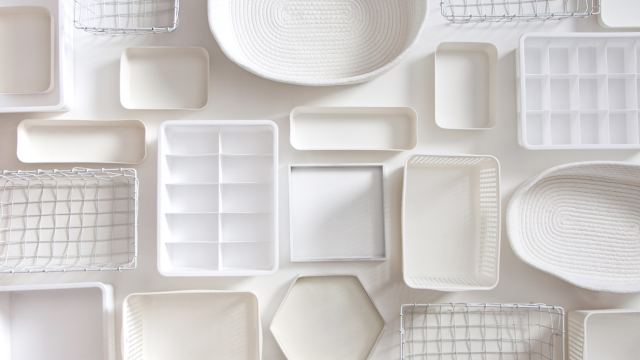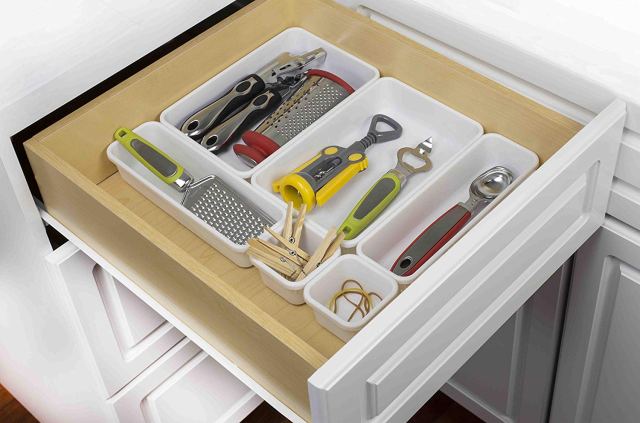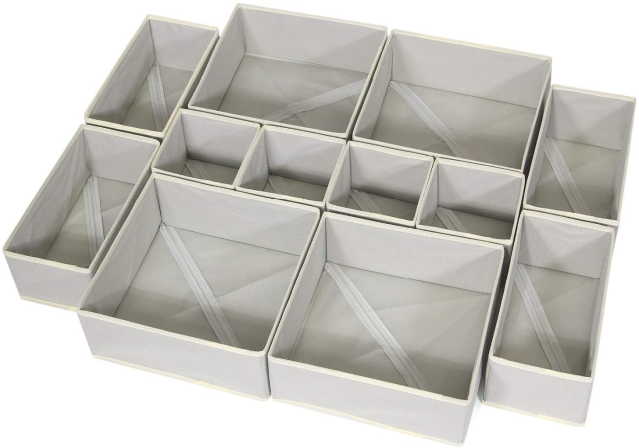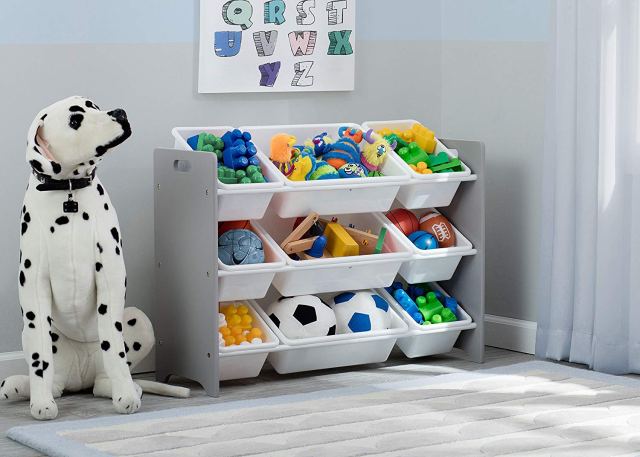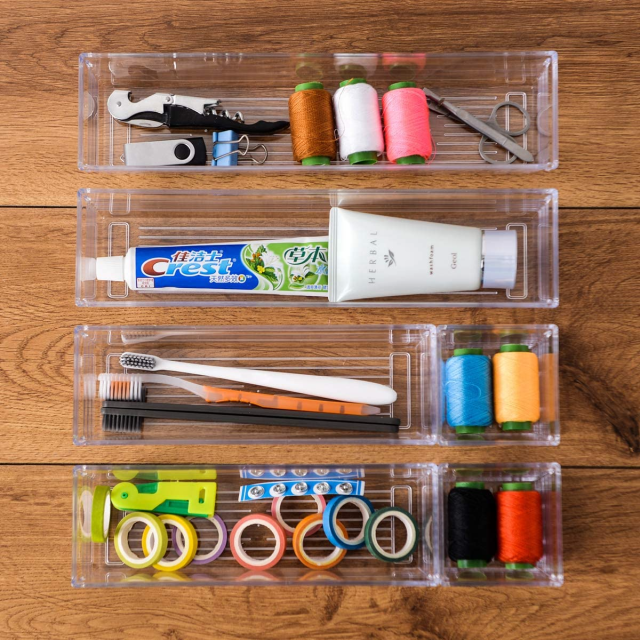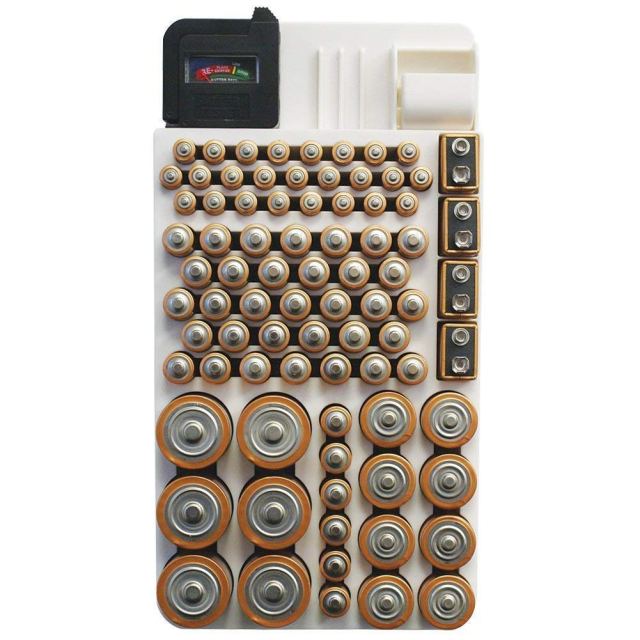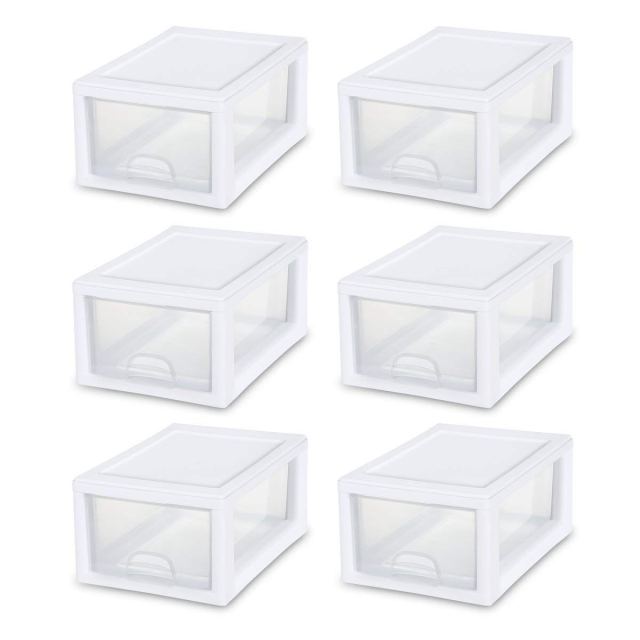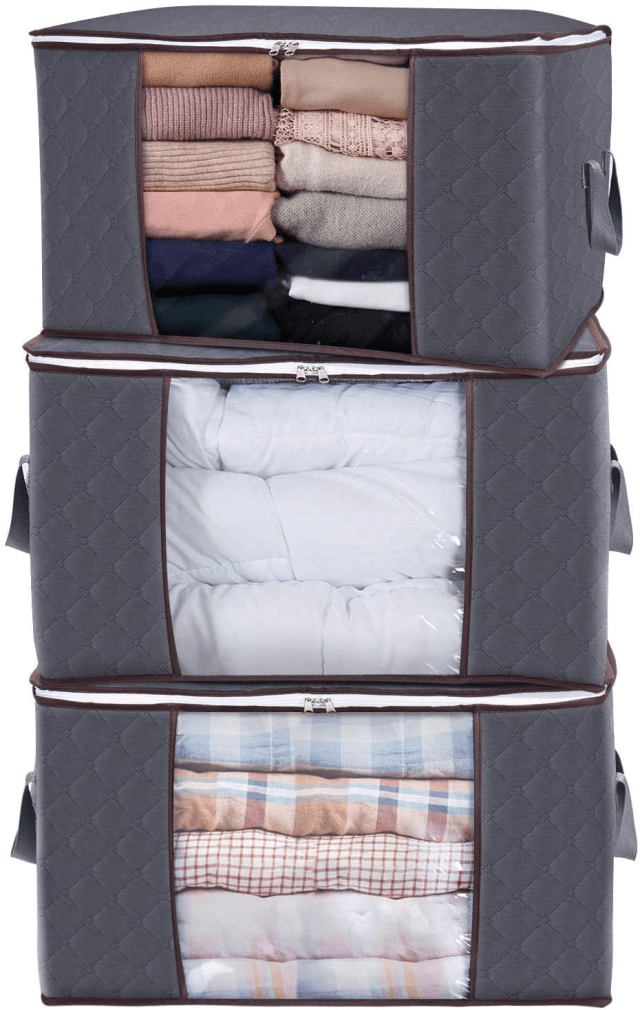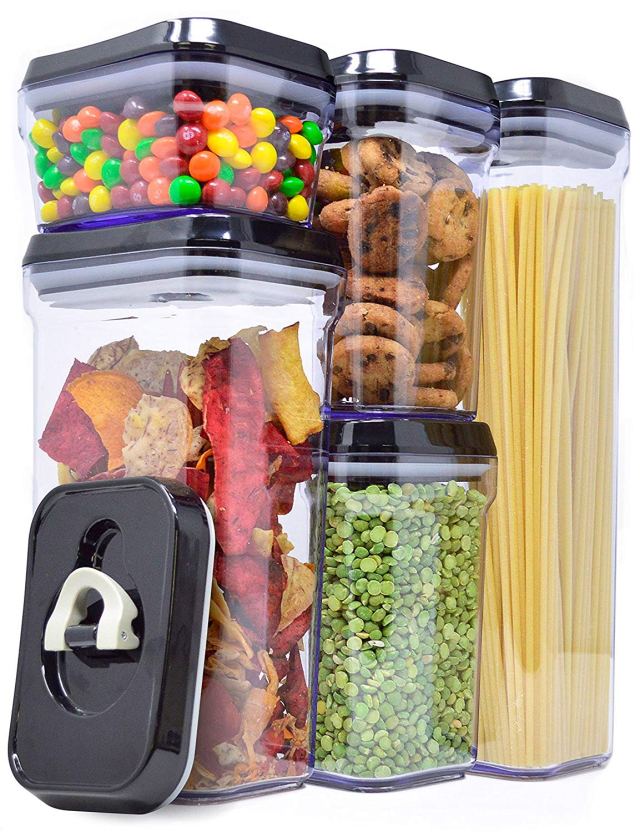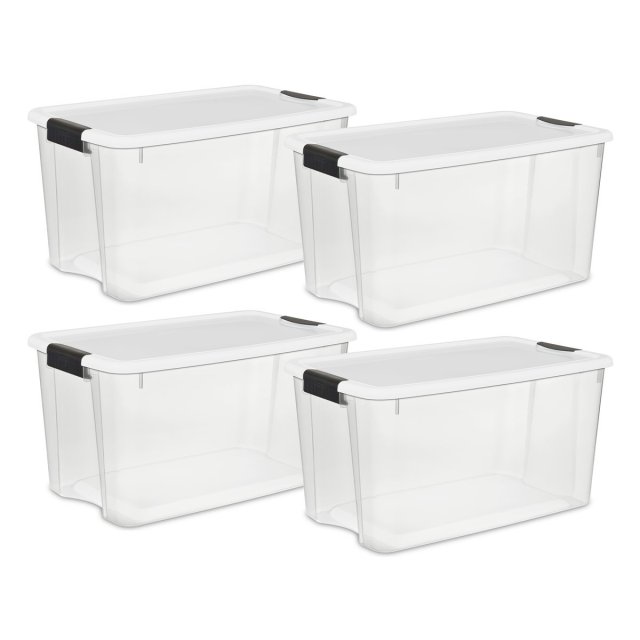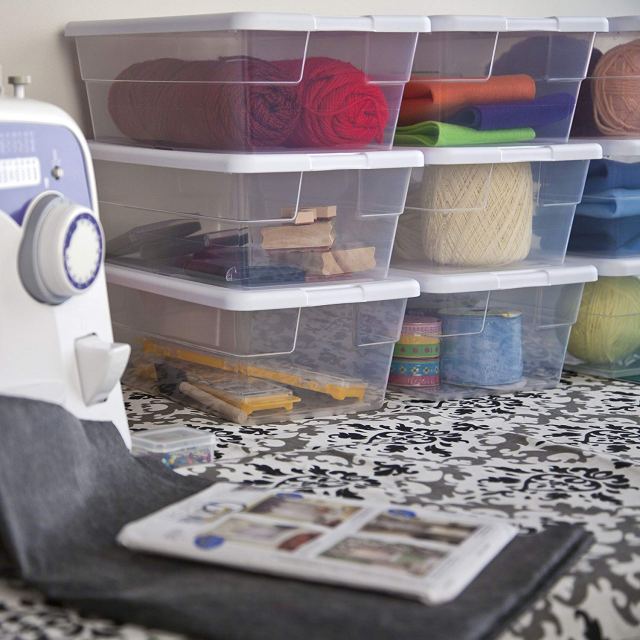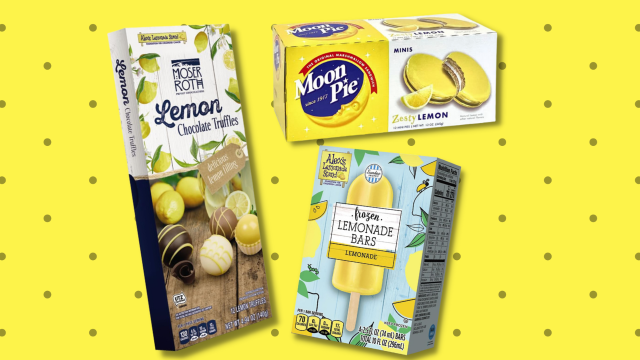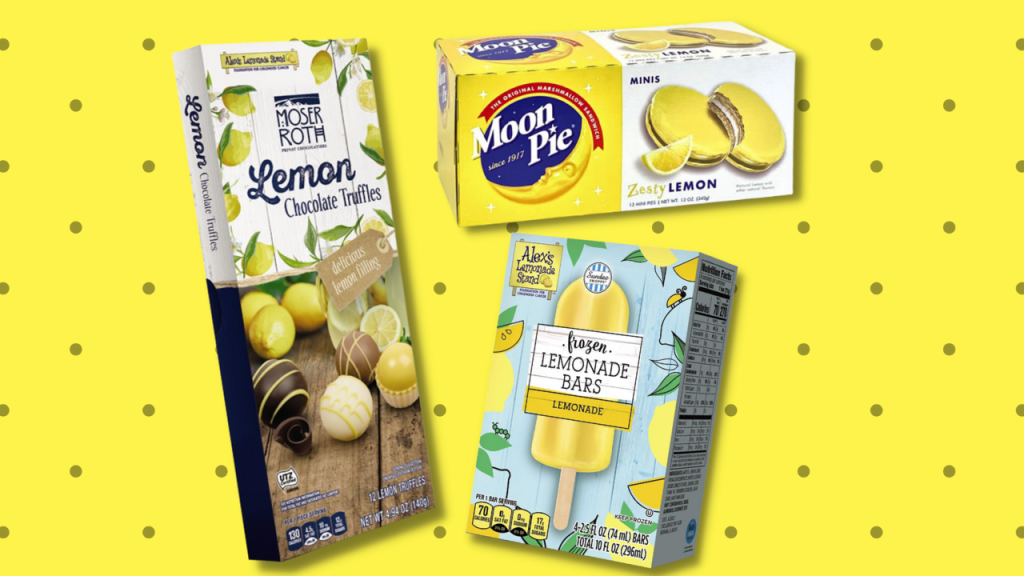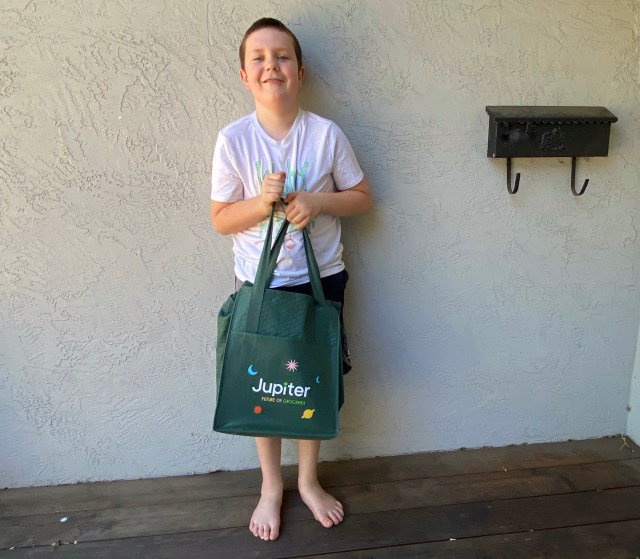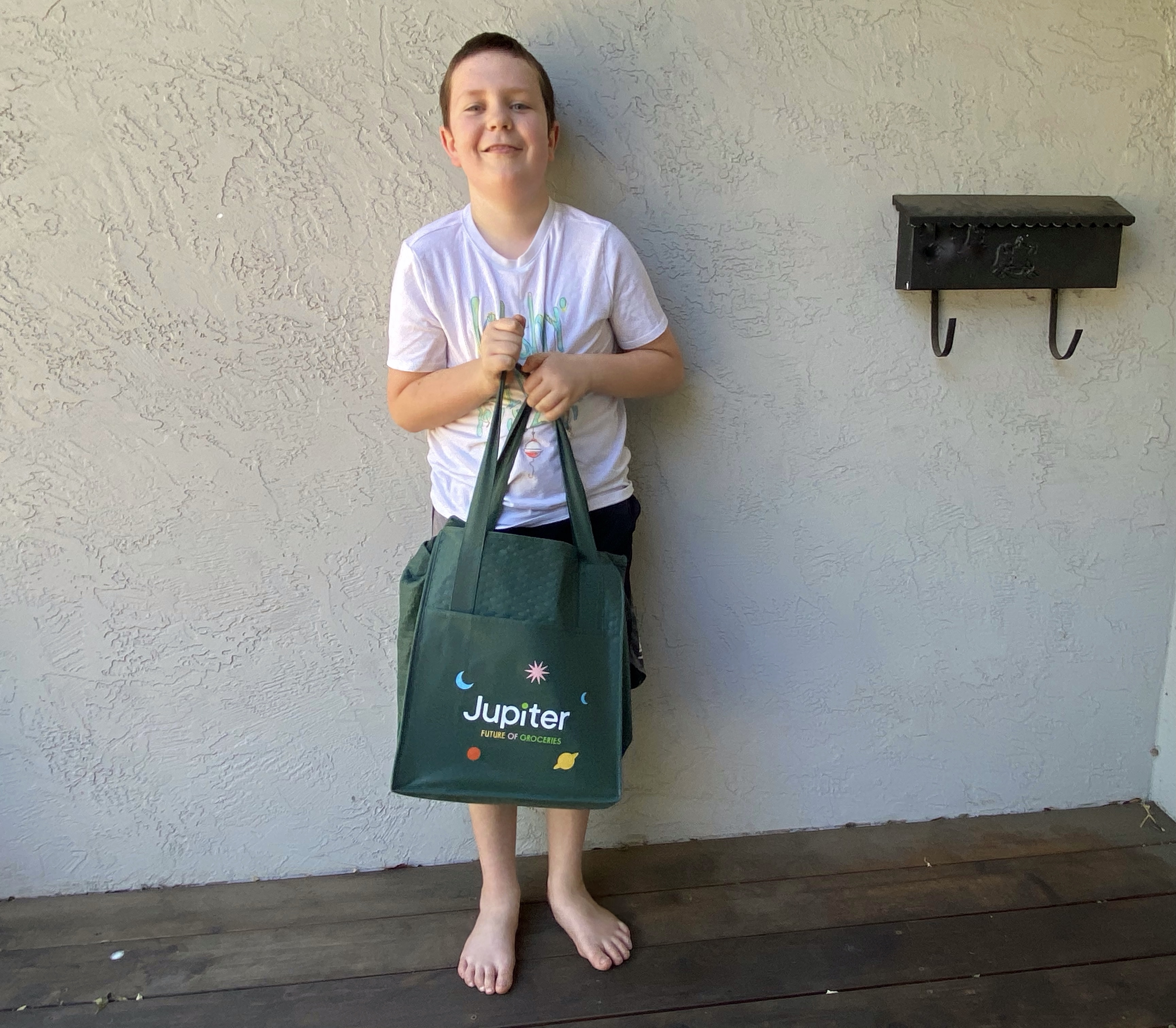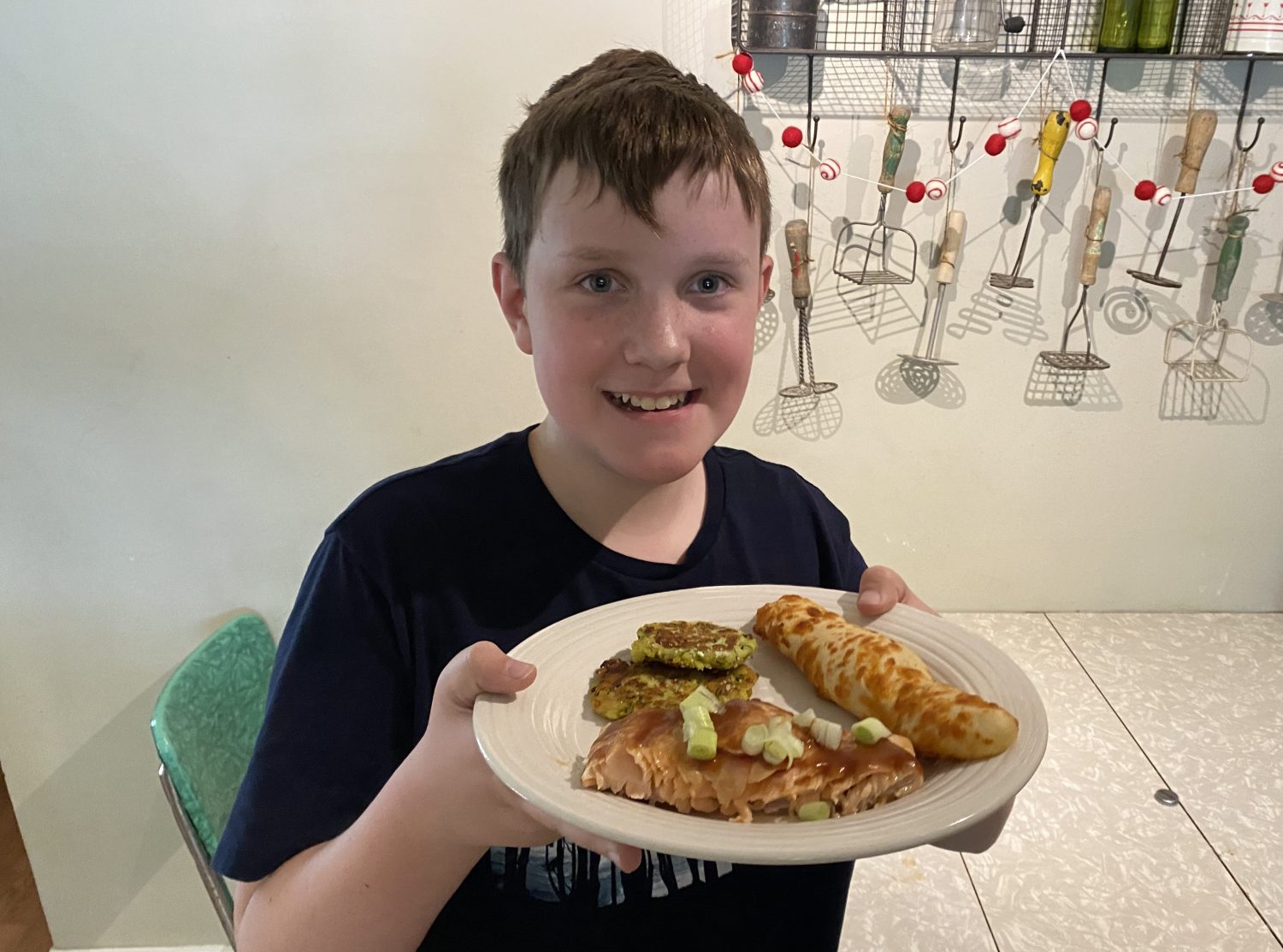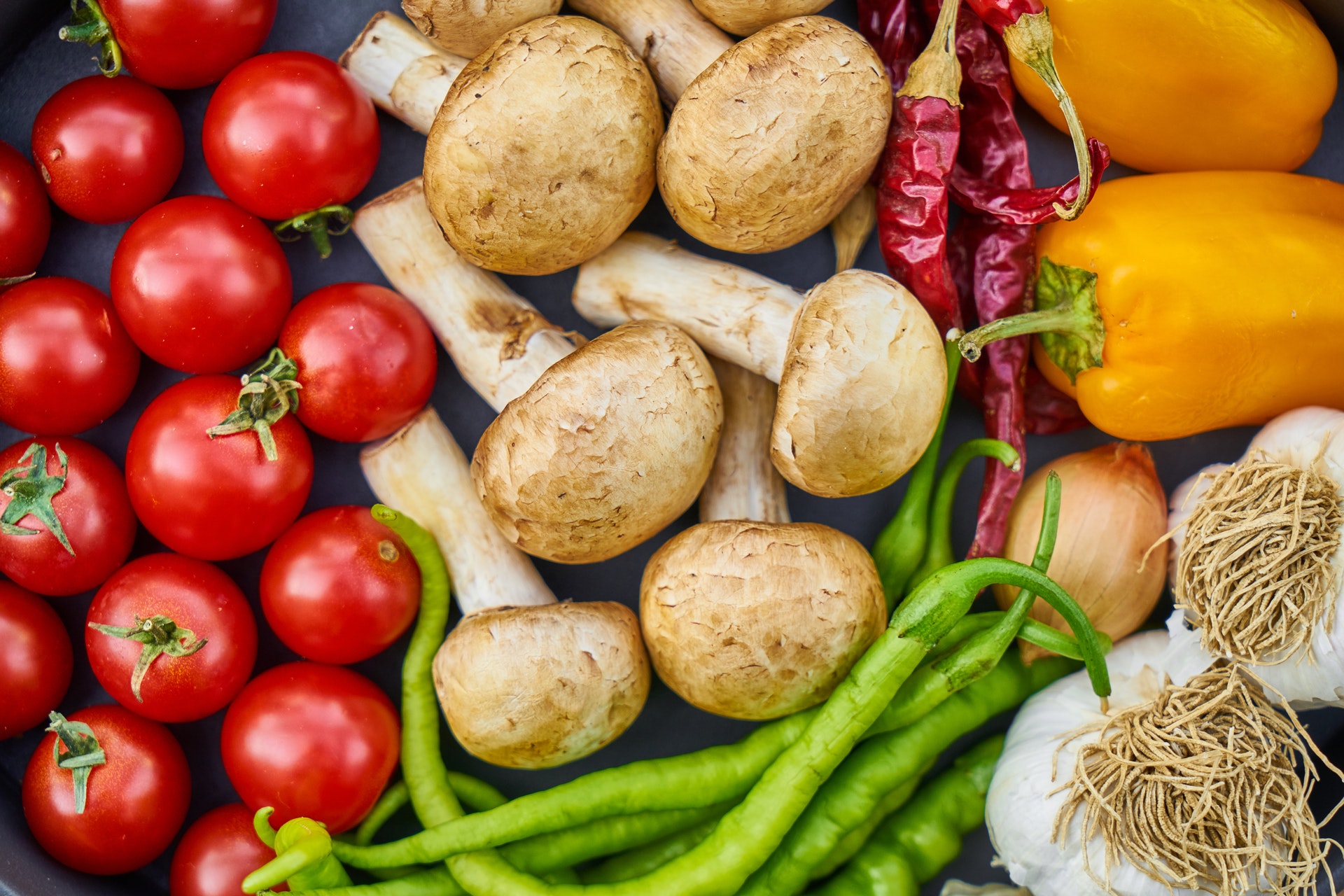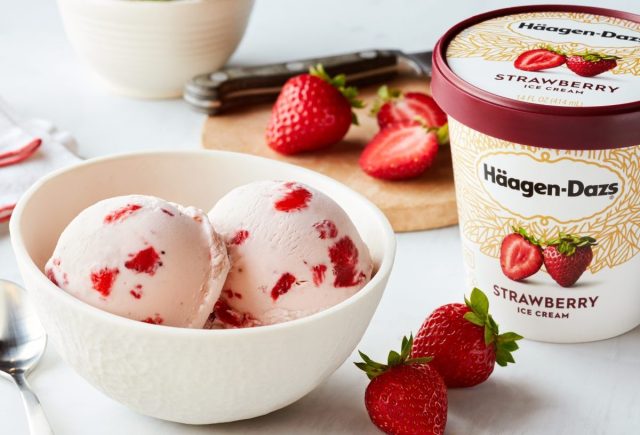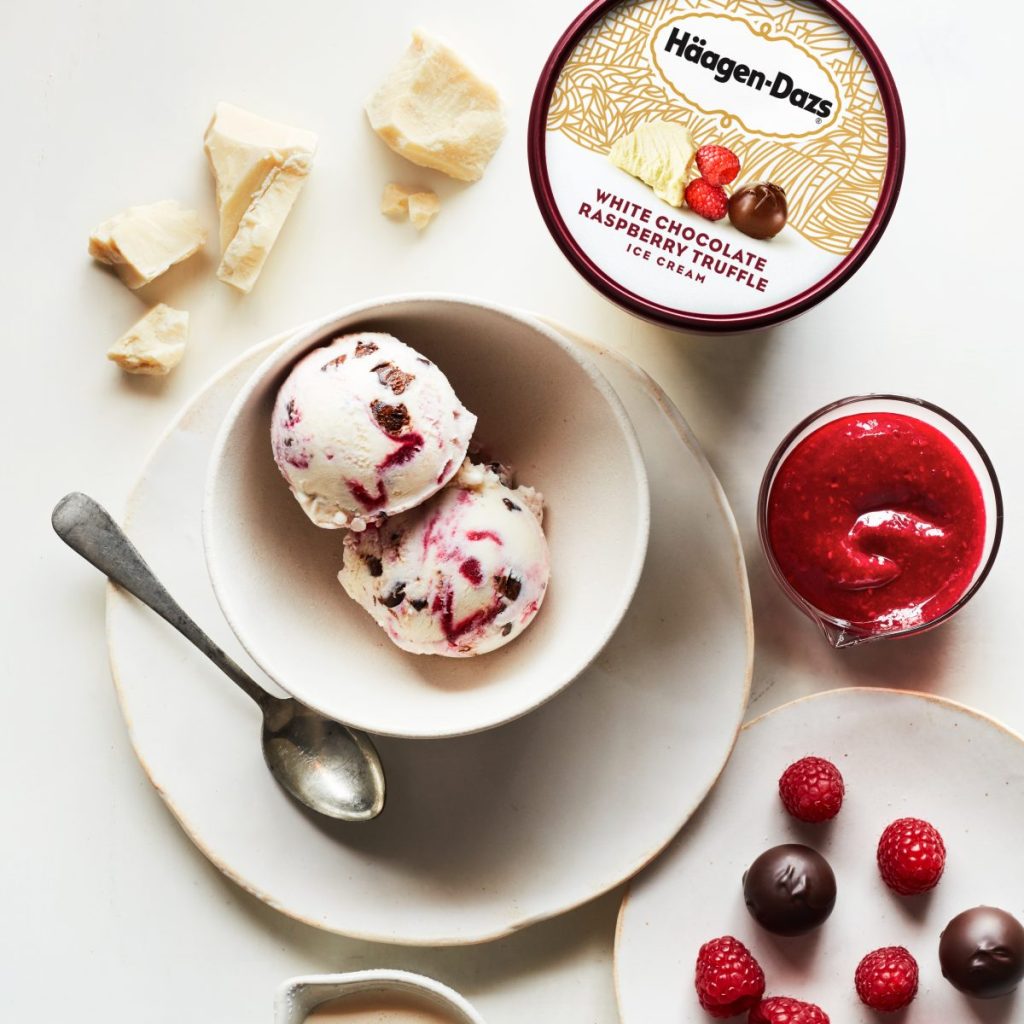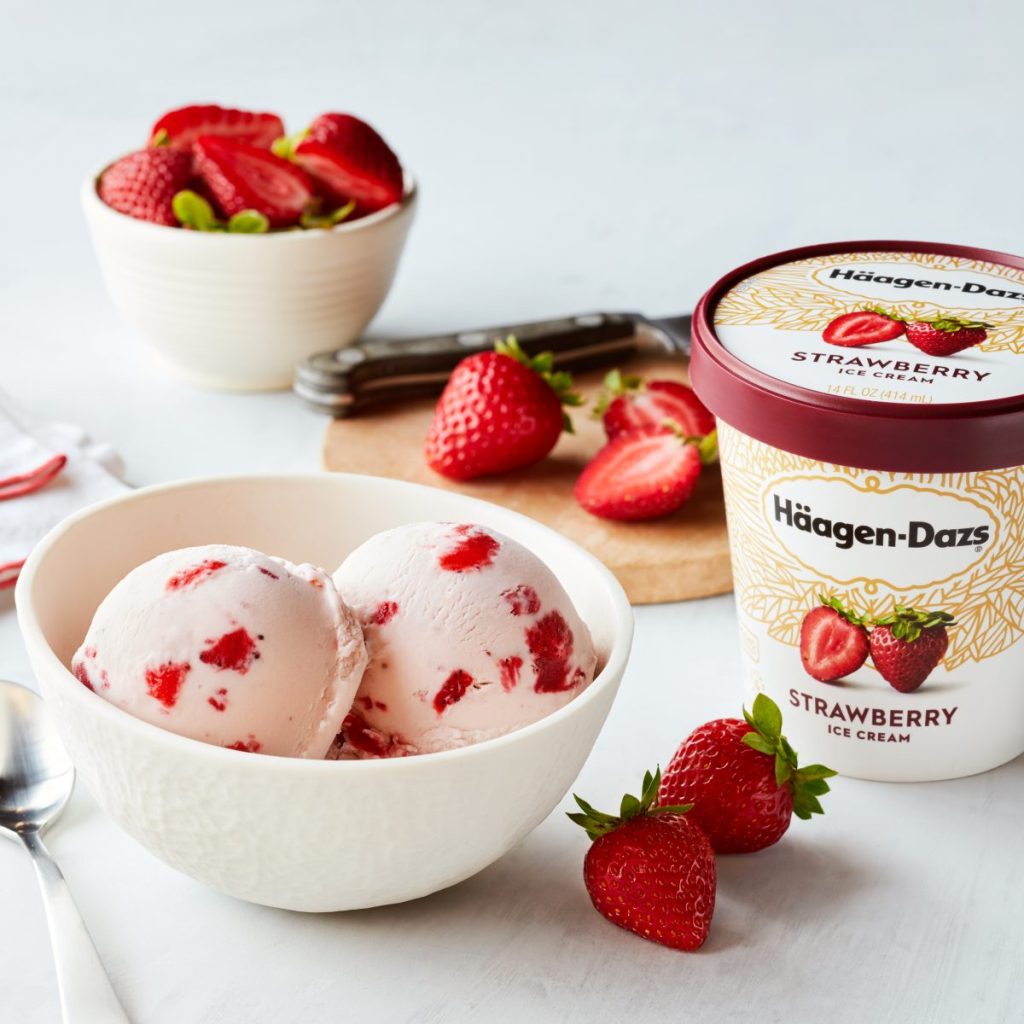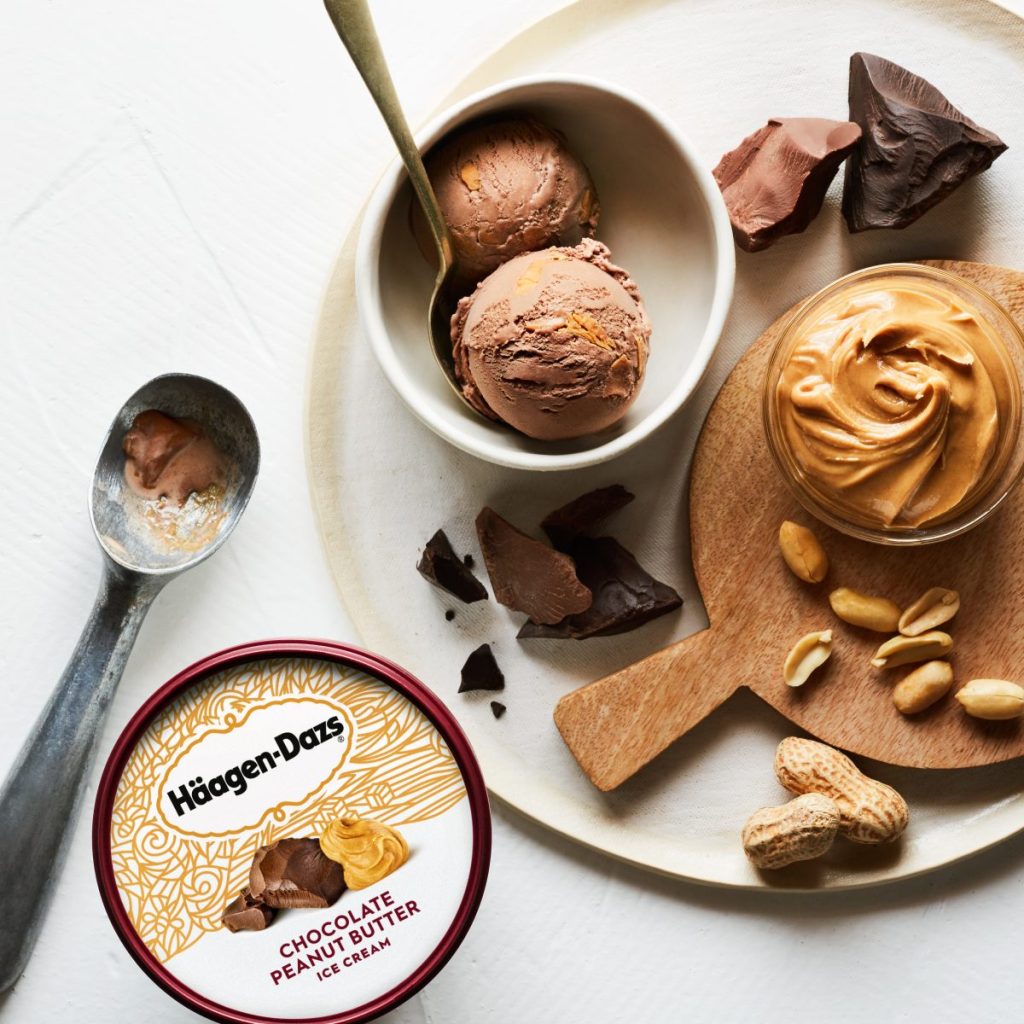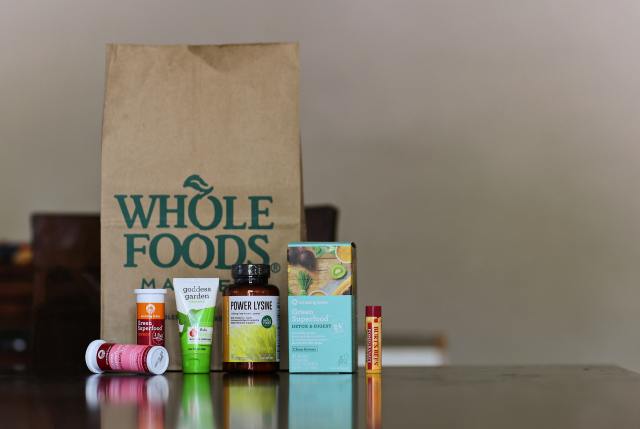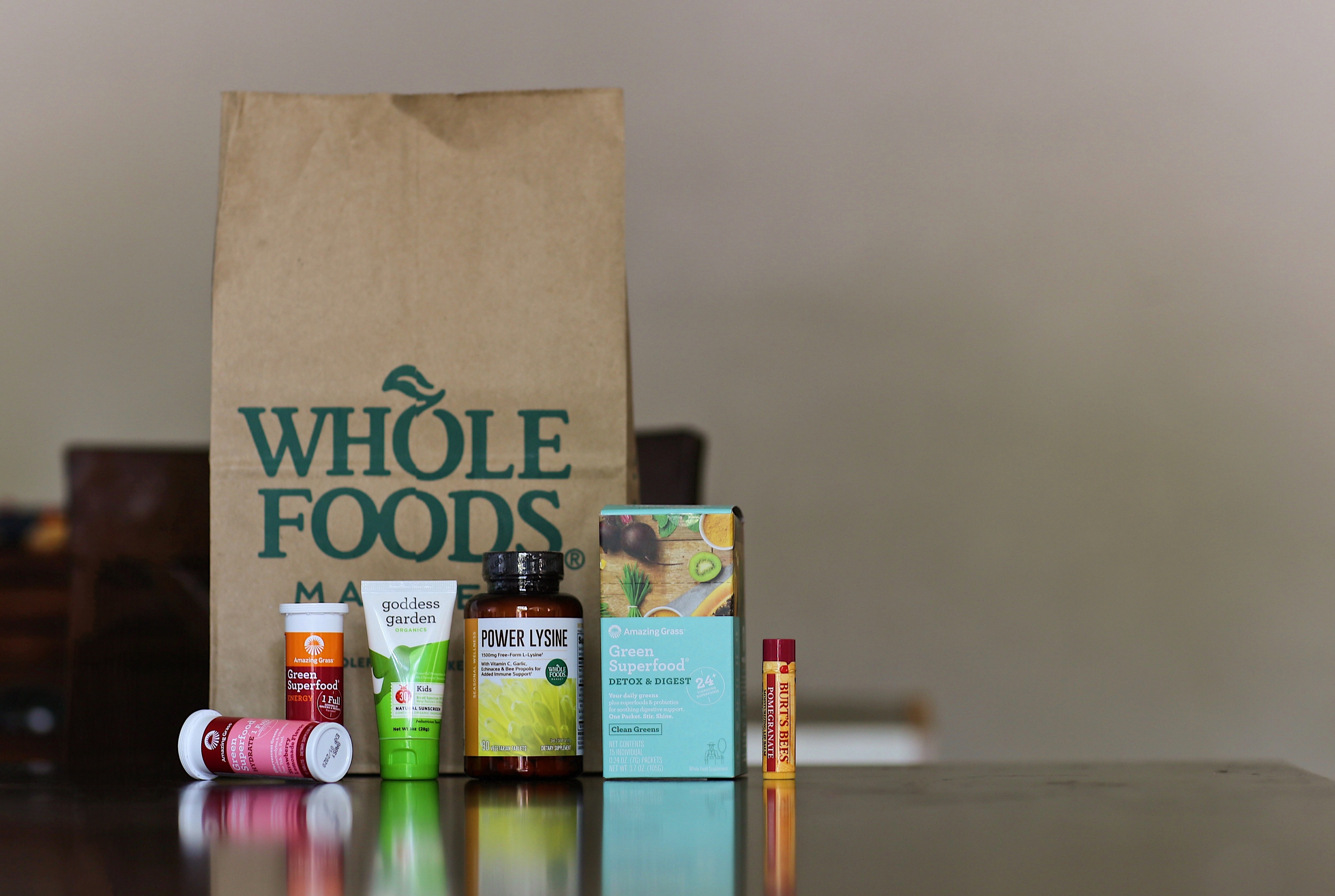When it comes to household chores, you’ve got plenty of tasks to go around. More importantly, when kids are required to pitch in and help with age-appropriate chores, they’ll learn how to cooperate, gain a sense of independence and feel a sense of accomplishment. If you’re wondering what exactly to put on your chore chart for kids, we’ve broken it down by age, from toddlers up to tweens. From picking up toys to helping with dinner, here is our ultimate chore list for kids.
Age-Appropriate Chores for Ages 2-3
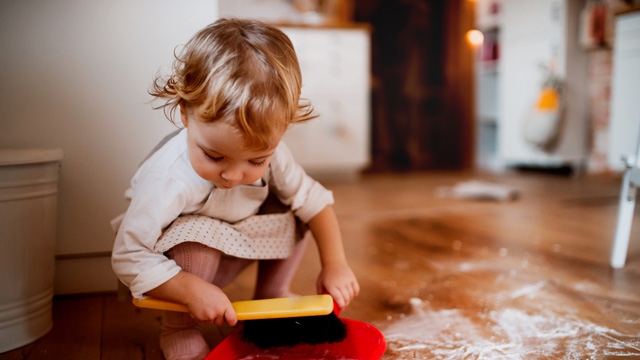
Pick up the toys. Ask your toddler to help clean up when playtime is over, instead of doing it at the end of the day when you’d rather be watching Netflix instead of cleaning up DUPLO blocks.
Wipe up small spills. This is an easy one and is especially important if they are the ones that made the mess. Don't make a big deal, just let them know they need to clean up after themselves.
Put shoes away. A toddler can easily put his shoes away, especially if there's a special bin or shelf for footwear.
Put dirty clothes in the hamper. Show your little one where clothes go before he chooses his own drop spot.
Match socks. An easy way to let someone else worry about why there's always one sock missing.
Throw away trash. Kids can start putting trash in its proper place at an early age.
Pick up sticks in the yard. What's more fun than collecting sticks?
Sort the groceries. Preschool-aged kids can help you put away things like cereal, snacks, canned goods, and other things that aren't too heavy or breakable.
Chore List for Kids Ages 4-5
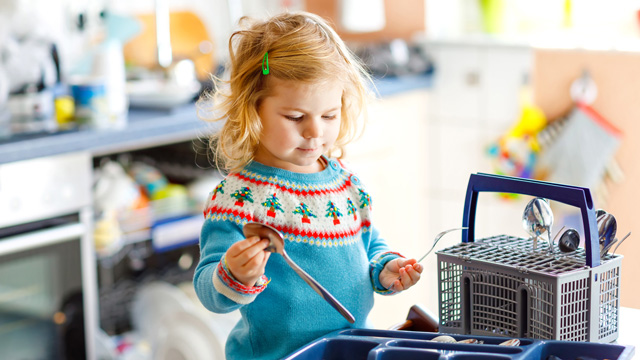
All of the chores listed above.
Put away clean utensils. It’s the little things!
Brush their own teeth. This is an easy self-care chore that any preschooler can tackle.
Fold washcloths or napkins. Something small and square is the perfect first item to have your pre-k kid learn how to fold.
Make their own bed. This is a tough one because busy school mornings can get in the way. Weekends are wide open, however, and there’s nothing like a made bed to give your home a clean, fresh feeling.
Collect the mail. This one doesn't even feel like a chore.
Bring their belongings in from the car. Whether it's their toys or backpack, four-and five-year-olds are old enough to make sure everything gets inside at the end of the day.
Related: 11 Reasons Why Chores Make Kids More Successful (According to Studies)
Age-Appropriate Chores for Kids Ages 6-7

All of the chores listed above.
Help prep a basic meal. If kids with knives don't sound like a good idea, there are plenty of other things they can do. Think: gather ingredients, measure spices, crack and whisk eggs, grate some cheese, flip pancakes, and more.
Wipe down surfaces. Kids this age are perfectly capable of spraying, wiping, and cleaning down a surface. Especially if they are the ones that made the mess in the first place.
Take control of their school gear. Stop gathering your kids’ stuff every night or morning. These early years are the right time to set up good work habits.
Water the plants. This is a great chore to help develop organizational skills. Have your kid schedule a once-a-week date with a watering can on the calendar.
Help carry in groceries. Unless you're using the multiple trips to and from the car as your cardio for the day.
Set and clear the table. You prepared the meal, so your kids should help to set and clear the plates. Simple as that.
Put away laundry. Imagine a place where the laundry gets put away instead of collecting dust in a basket somewhere. It can be a reality, we promise!
Feed pets. Your grade-school-aged kid loves the dog, the chickens, and the family turtle. Well, no time like the present to teach him how to take care of something smaller than he is.
Chore List for Kids Ages 8-10
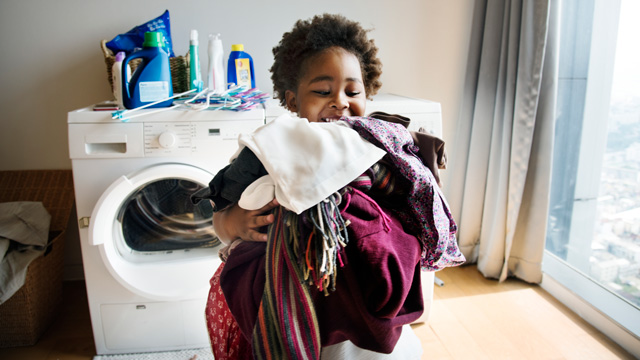
All of the chores listed above.
Basic home maintenance. At around 10, kids can begin to do small tasks around the house that helps with upkeep like putting in new lightbulbs, changing batteries, and hanging small pictures.
Load and unload the dishwasher. Most days, after unloading, the thing fills right back up and needs to be unloaded again. Your early tween is an ideal candidate for helping out with this daily task.
Help with recycling and garbage. Older kids can sort recyclables, empty wastebaskets, and help pull trash cans in from the road. It’s also a good way for them to learn about consumption and to see where waste goes.
Vacuum the rugs. The best part about handing off this task is that your kids will have to keep their rooms picked up in order to fulfill their duty.
Dust shelves, blinds, and furniture. A Swiffer duster makes this chore a breeze.
Clean the mirrors in the bathrooms. Older kids are strong enough, and usually tall enough to reach the top of the mirror by now. Pass the Windex.
Move clothes from the washer to the dryer. Most kids ages eight and up are tall enough (and old enough) to start helping with the laundry. If there are items you don't want in the dryer or if you like to use a certain heat setting, be sure to show the kids the ropes in advance.
Related: Parents Hatch Genius Plot to Catch Their Kids Skipping Chores
Age-Appropriate Chores for Kids Ages 10-12

All of the chores listed above.
Walk the dog. Take pet care to the next level by asking your tween to take on giving Fido his daily workout.
Help with grocery shopping. Give your big kid his own list at the store, and arrange to meet up at the checkout. You'll cut your shopping time in half!
Vacuum out the car. She's already tackled vacuuming the living room and her bedroom. Add on the family car once a month or every other week.
Babysit for siblings or relatives in small increments. Whether it's to take charge at a social or family gathering or leave your tween in charge for 30 minutes while you run a quick errand, this is a good age to test the waters for child care.
Rake leaves. Before you can mow the grass, the leaves need to be raked. Tweens can handle this, plus it's a great way to keep them outside and off tablets.
Change their own bedsheets (and keep the bed made). This is a chore that only takes a few minutes, but it's a game changer when it comes to feeling like you're on top of the mess.
